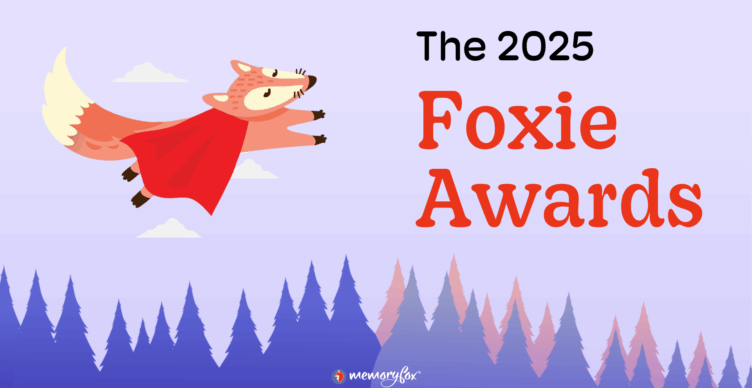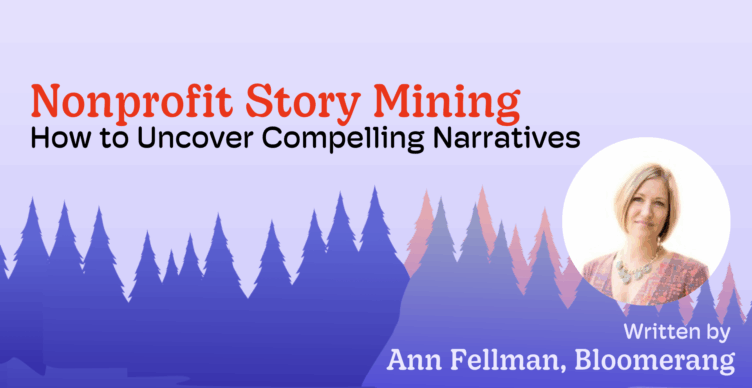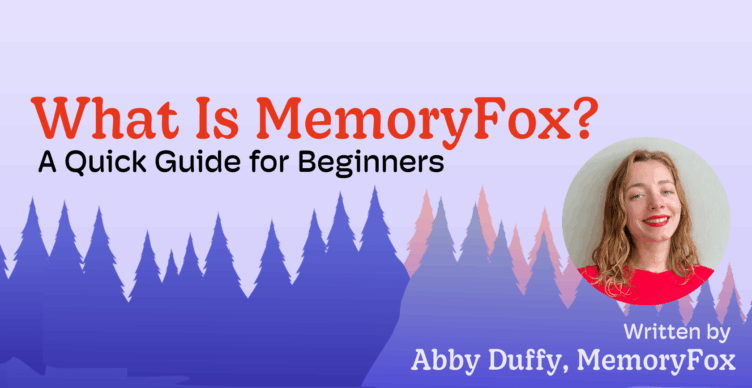Fundraising Tips
How To Craft A Compelling Nonprofit Grant Proposal
Grants are powerful funding opportunities. They represent public trust in your nonprofit and a belief that your mission is worth investing in. Especially when facing fierce competition, crafting a compelling grant proposal is equal parts art and strategy. A successful proposal demonstrates that your nonprofit understands the challenges it seeks to address, has a feasible plan, and is accountable to both its community and funders.
When you find a grant opportunity, you need to make your mission impossible to ignore. It doesn’t matter if you’re applying for a first-time foundation grant, seeking a large multi-year investment, or submitting a renewal request. The way you frame your mission and highlight your community’s voice will determine whether your proposal gets lost in the pile. With funders looking for alignment, clarity, and transparency, each part of your proposal should be as thoughtful and intentional as the programs you’re asking them to support.
Let’s explore how to shape proposals that resonate while staying grounded in human-centered storytelling.
Craft A Compelling Needs Statement
Your needs statement is the foundation of your proposal. It’s where you define the problem and show why it matters both to your organization and the broader community. But don’t rely on generic statistics or overly abstract language. Instead, emphasize the real-world stakes with:
- A clearly defined problem
- The scope and scale of the issue, including who it affects
- Root causes contributing to the problem
- Firsthand narratives from people affected by the issue (with consent)
- Local, credible data that brings context and specificity to your work
- A sense of urgency that explains why now is the time to act
In your statement of need, avoid leading with shocking numbers or worst-case scenarios. While urgency is important, proposals that rely on fear or pity can feel exploitative. Ethical storytelling prioritizes dignity and nuance. For example, instead of writing “75% of our community lives in poverty,” focus on what that means in daily life: “Many parents in our community often skip meals so their children can eat, and many students come to school without adequate supplies or rest.”
Use clear, accessible language in your copywriting. Grant reviewers often read dozens of proposals, so yours should be easy to understand without sacrificing depth. If technical terms are necessary, provide brief explanations.
Present Your Program With Purpose
Once funders grasp the problem, lay out your solution. Show exactly how your program addresses the need. Don’t overpromise. Instead, demonstrate how your nonprofit’s approach is thoughtful and informed by experience.
Focus on specific, tangible actions. For example:
- “Host monthly workshops for caregivers to access respite services, including training on stress management and access to support groups.”
- “Deliver fresh food each week to local families through community-based distribution hubs.”
Every part of your program description should connect back to the needs you identified earlier. What makes your approach uniquely effective? How do you involve your community in the planning and implementation process? Consider highlighting lessons learned from past program cycles or pilot phases to show your capacity for adaptation and growth.
Detail your methodology by describing the tools, frameworks, or practices your team uses and explain why they work. For instance, if your program includes weekly one-on-one tutoring, explain why personalized academic support helps students stay engaged and improve their performance. Funders want to know not just what you’ll do, but why you’ve chosen your particular path.
Strengthen Your Ask With Community Voices
Your proposal will be stronger when it reflects your voice and the voices of those you serve. Including community perspectives shows that your nonprofit collaborates with and listens to its constituents.
Here are some ways to include community voices in your proposal:
- Add quotes or brief stories from volunteers or program participants with their permission.
- Include feedback gathered from surveys, focus groups, or listening sessions.
- Attach letters of support from local leaders, coalition partners, or volunteers, particularly if the funder requested them.
For example, consider using a story that illustrates a turning point. You could highlight a parent who found stable housing after engaging with your transitional shelter program, or a teen who gained confidence and a sense of belonging through your community music program. One well-told story can illuminate the real-world impact of your entire program.
You can also cite community involvement in shaping your programs. Have you held listening sessions with participants or co-designed services with community partners? Share that process! This approach demonstrates that your organization values collaboration, a key trait funders look for to create long-term, systemic change.
Build Trust With Transparent Budgeting
A clear budget helps funders see that you can manage their investment responsibly. Be honest and realistic about how much funding you need and how you’ll use it.
Provide an itemized breakdown of how you will allocate the requested funds. YPTC’s nonprofit budgeting guide explains that for programs, you’ll need to include both one-time expenses for launching the program and ongoing costs for maintaining it. This might include supplies, staffing, or software needed to deliver your services.
To help funders understand your financial strategy, connect major costs to your program’s goals. For example:
- “$6,000 for program materials, enabling 200 youth to participate in weekly art therapy sessions over 12 months”
- “$15,000 to hire a bilingual case manager, expanding access to our services for Spanish-speaking residents in three neighborhoods”
If administrative or overhead costs seem high, briefly explain the reasons why. These might include specialized roles or infrastructure investments. Being clear about this builds confidence in your ability to deliver results.
Many funders also expect a sustainability plan, so clarify how you’ll continue financially supporting your project when the grant runs out. You might embed this information in your budget narrative or include it as a separate section, depending on the funder’s preferences. Here’s an effective nonprofit grant example from a winning proposal by Camp Twin Lakes:
The sustainability section explains how they’ll continue supporting the program through individual, foundation, and corporate contributions and details how they use a partnership model to make costs more affordable.
Provide An Evaluation Plan
Funders want to know not just what you plan to do, but how you’ll assess whether it worked. A thoughtful evaluation plan can set your proposal apart by demonstrating accountability, transparency, and a commitment to learning.
FreeWill’s nonprofit grant writing guide provides examples of both quantitative and qualitative results. Quantitative results might include:
- Total individuals reached with or involved in the program
- Survey comparisons before and after participation (e.g., improved test scores or health outcomes)
- Job placements or graduation rates
- Attendance or engagement metrics
Qualitative results might include:
- Interviews or focus group feedback from program participants
- Testimonials or case studies
- Field notes gathered during program delivery
- Reflections or reviews from team members or key partners
Identify who will conduct evaluations, how you’ll collect and analyze impact data, and how findings will help improve your programs. A strong evaluation plan signals that your organization is serious about measuring outcomes and using them to strengthen future work.
Wrapping Up
A great grant proposal does more than request funding. It invites people to believe in your work, join your journey, and invest in lasting change. Take time to ensure every section of your proposal tells a cohesive story. The result will be a persuasive application that offers a vision that funders want to be part of—one rooted in impact, trust, and shared commitment.

About the Author
Patrick Schmitt
Co-CEO, FreeWill
Patrick Schmitt and co-CEO Jenny Xia founded FreeWill at Stanford University’s Graduate School of Business in 2016. FreeWill’s charitable giving platform makes it easier for nonprofit fundraising teams to unlock transformational gifts, and to date has generated over $6.6 billion in new gift commitments for thousands of nonprofit organizations. Patrick hosts FreeWill’s popular webinar series, educating thousands of nonprofit fundraising professionals each month about planned and non-cash giving strategies.
Before FreeWill, Patrick was the Head of Innovation at Change.org, where he helped grow the organization to 100 million users in four years. Prior to that, he ran email marketing for President Obama and served as Campaign Director for MoveOn.org.




